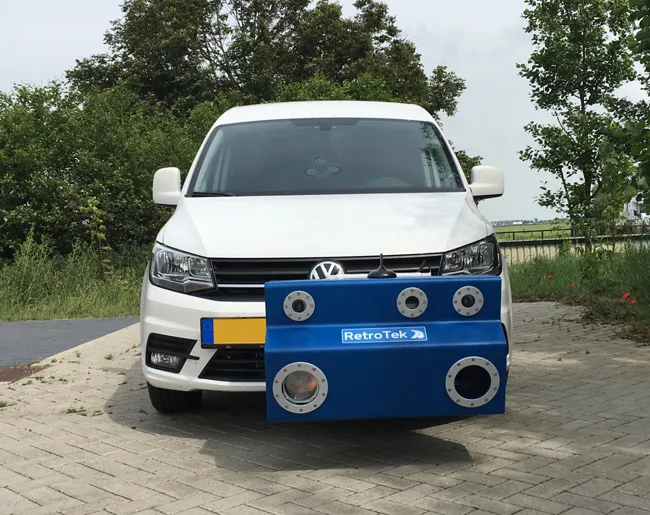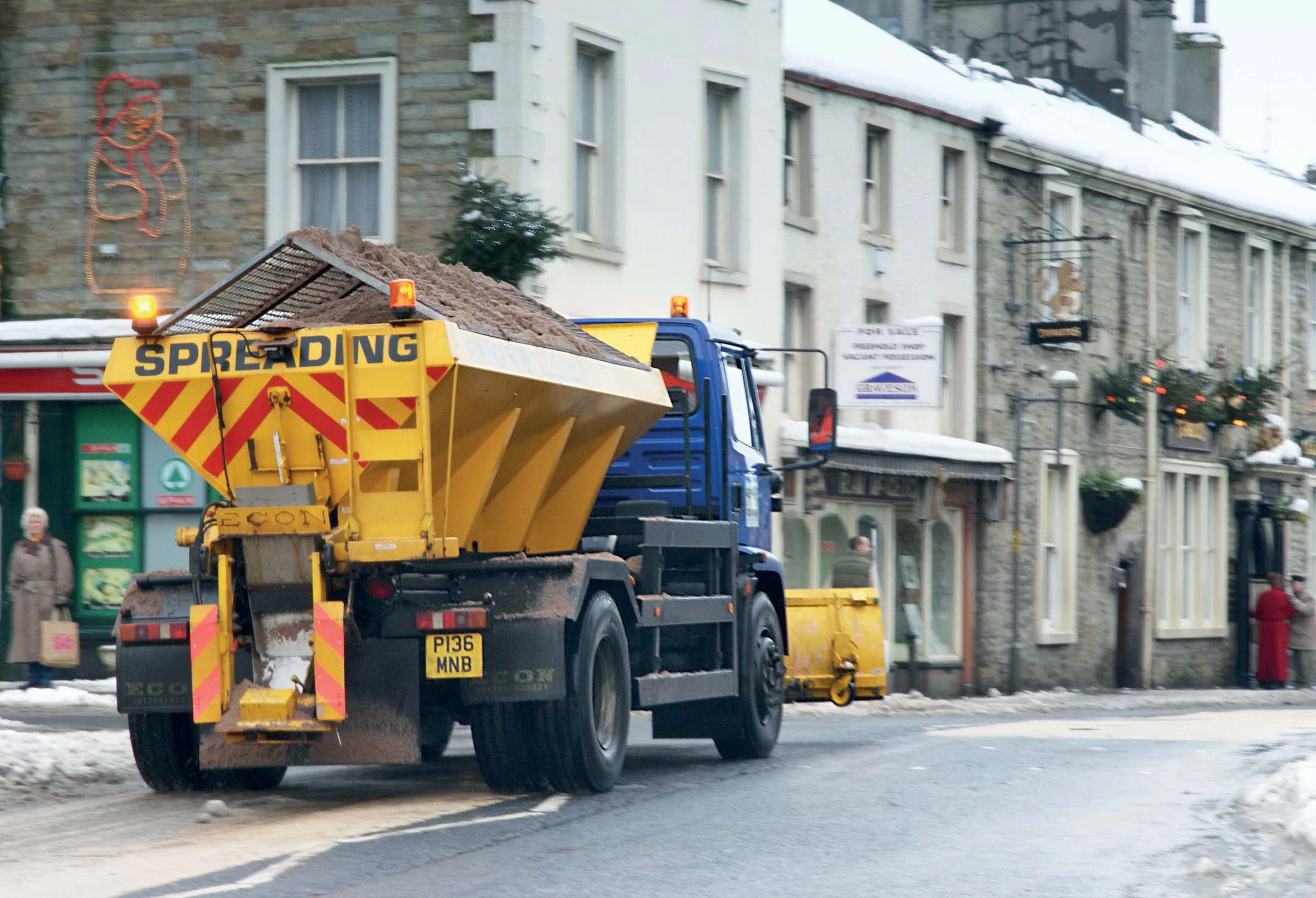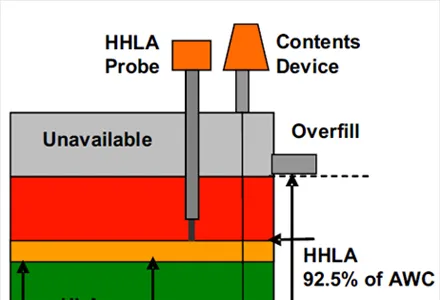
Estonia’s Road Traffic Development Department of the
The reflective effect is created by glass beads on the surface of the material. However, over time their effect weakens because the beads wear and fade. Compared to the vast majority of the countries, Estonia is in a disadvantaged position that makes the problem more acute – its tough winters. Snow ploughs break down the lines. Also, vehicle’s winter tyres roughen up the road marking surface and dirt is driven into the line.
The Estonian climate also makes road marking installation a very seasonal activity. A highly visible road marking is most needed in autumn and winter, from October to March. But to upgrade the markings dry weather conditions are needed where the air temperature is over 10°C. The best time for installation - a short window of opportunity - is from June to July. The applications should last throughout the year, at least until May of the following year.
The Estonian Road Administration has well-established operational requirements for road markings with a State Road Traffic Instruction document. The reflectivity indicator of road markings from paint and spray plastic origin cannot fall below 100 mcd/m2/lx for at least two years after installation.
According to Janno Sammul, head of the Traffic Development Department at the Estonian Road Administration, the preservation of reflectivity depends on the use of the marking. Everything starts with the quality of the material and installation, including how clean the road was during installation and what the weather was like. After this, the reflectivity of a marking depends upon its maintenance. Also, how often has a snow scrapped over it? Was the snowplough blade iron or rubber? Is the installation being driven over continuously by vehicles?
The RetroTek-M device, which measures retroreflectivity, was rented from Reflective Measurement Systems, based in Ireland. RetroTek-M is attached onto the front of a survey vehicle and collects data by directing a light forward to hit the markings.
The effectiveness of the RetroTek-M technology lies in its capability to survey across the full width of a traffic lane in one pass. It can also survey up to six road asset types. The technology can identify right and left lines/markers/RPMs, as well as centre-lane road markings and symbols in one passing.
The entire journey is recorded as a video. This new generation measuring device only works in the dark, so measuring work can be done at primarily at night when there is usually less traffic.
The measured retroreflectivity (RL- mcd/m2/lx Coefficient of Retroreflected Luminance) results on road markings were divided into four classes of condition:
- Very good – RL > 100 [mcd/m2/lx]
- Good – RL = 80-100 [mcd/m2/lx]
- Satisfactory – RL = 60-80 [mcd/m2/lx]
- Bad – RL < 60 [mcd/m2/lx]
According to Janno Sammul, if the measured result is “very good”, the marking will last for another full year. If it is measured as simply “good”, it must be replaced next year.
For road users, a result that is less than 60 mcd/m2/lx means the application is not reflecting any useable light. The results of survey found that of all the main roads, 300km - 7.7% - had an RL below 60. Meanwhile, nearly 550km – 15% - had an RL value between 60-80.
According to Sammul, the survey project has been successful and is continuing on Estonia’s secondary roads. The Estonian Road Administration will also continue with regular measurements to better plan maintenance and upgrades.
RetroTek-MU
RetroTek-M is a mobile dual line retroreflectometer developed by Reflective Measurement Systems in Ireland. Reflective Measurement Systems have also developed the mobile retroreflectometer, RetroTek-MU, specifically for use in the US. The RetroTek-MU sensor is mounted higher than side-mounted systems as it surveys at 15m distance, conforming to 30m geometry, and is less likely to get damaged with impact from speed ramps and other obstructions. Striping Service and Supply is the first striping contractor in the US to have been certified by TxDOT – Texas Department of Transportation - to operate the RetroTek-MU road striping Retroreflectometer.
Outputs from a survey by the RetroTek-MU are available to export to Excel (.csv) and Google Earth
(.kml) formats for further processing or viewing. Recorded video images are saved for subsequent replay and visual analysis. Once the system is calibrated, retroreflectivity measurements are reliable with accuracy and repeatability similar to established hand held retroreflectometers.
SWARCO picks up Vialux
Austrian road safety and traffic management technology group SWARCO has acquired 100% of German reflective glass bead manufacturer Vialux Glasperlen.
The company, which has 25 employees, was bought from Benelux-based Gilde Equity Management. Vialux Glasperlen manufactures beads with a diameter of up to 1.8mm for horizontal road markings at its 65,000m² plant near Schönborn, eastern Germany.
In 2017, Gilde acquired the Schönborn plant as a spin-off from the Sovitec Group and has been operating it independently under the brand name Vialux. In June 2017 the Sovitec plants in Belgium, Spain, Argentina and France were sold to Potters Industries, a US manufacturer of technical glass materials.
SWARCO has 3,700 employees in over 70 companies operating in more than 70 countries generating over €675 million in sales.








